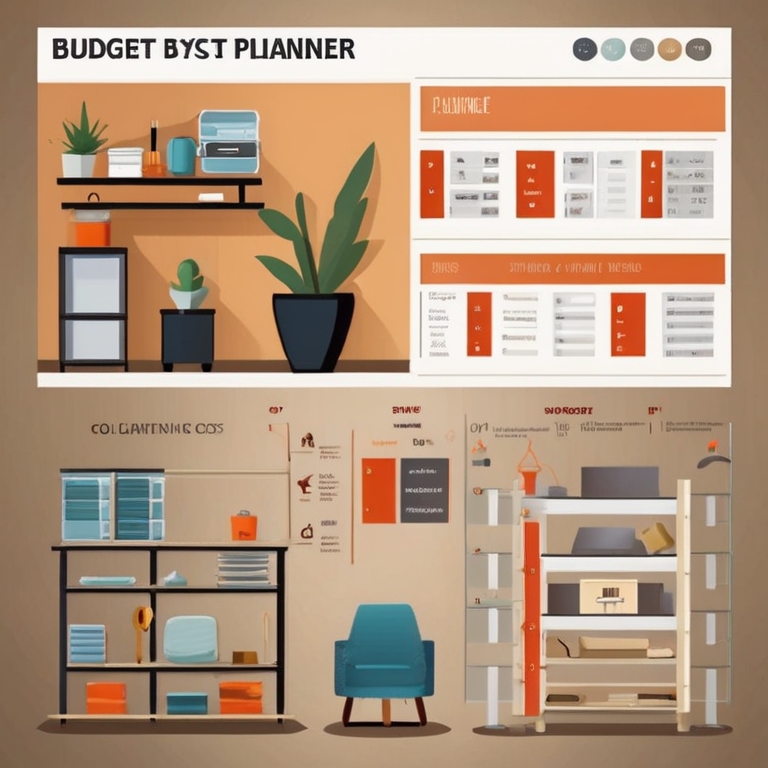Choosing the right furniture for your home is a significant task that goes beyond merely filling a space. It’s about creating an environment that reflects your style, meets your needs, and maximizes your space. Whether you live in a cozy apartment in Dubai or a spacious villa in the UAE, this ultimate guide will walk you through the process of selecting furniture that enhances your home’s interior design.
1. Define Your Style
Before you start shopping, it’s essential to define your style. Are you drawn to modern minimalism, classic elegance, or perhaps a bohemian vibe? Knowing your preferred style helps narrow down choices and ensures a cohesive look throughout your home.
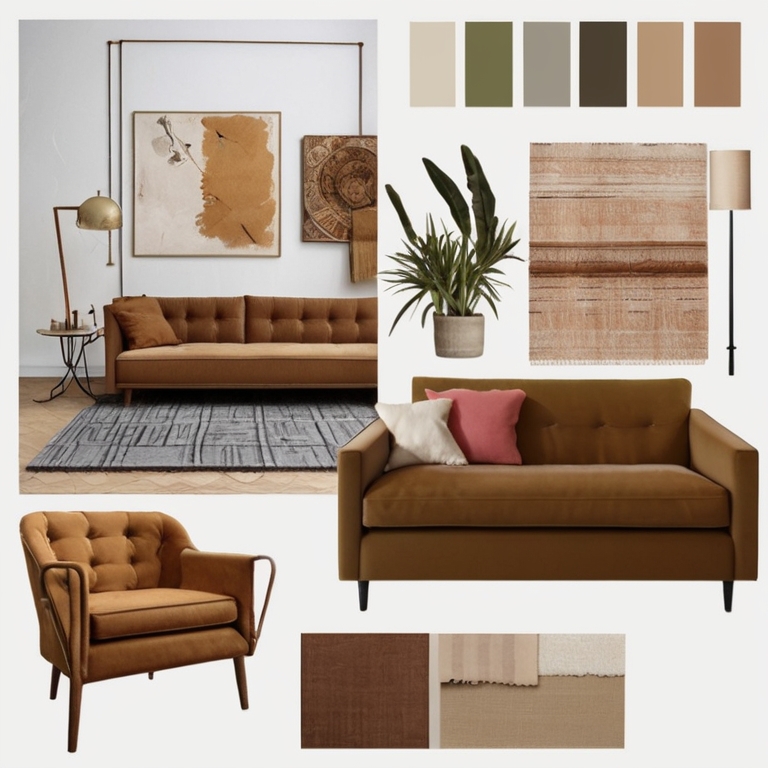
2. Assess Your Space
Understanding the dimensions and layout of your space is crucial. Measure each room and take note of any architectural features such as windows, doors, and built-in elements. This helps you choose furniture that fits perfectly without overcrowding the space.
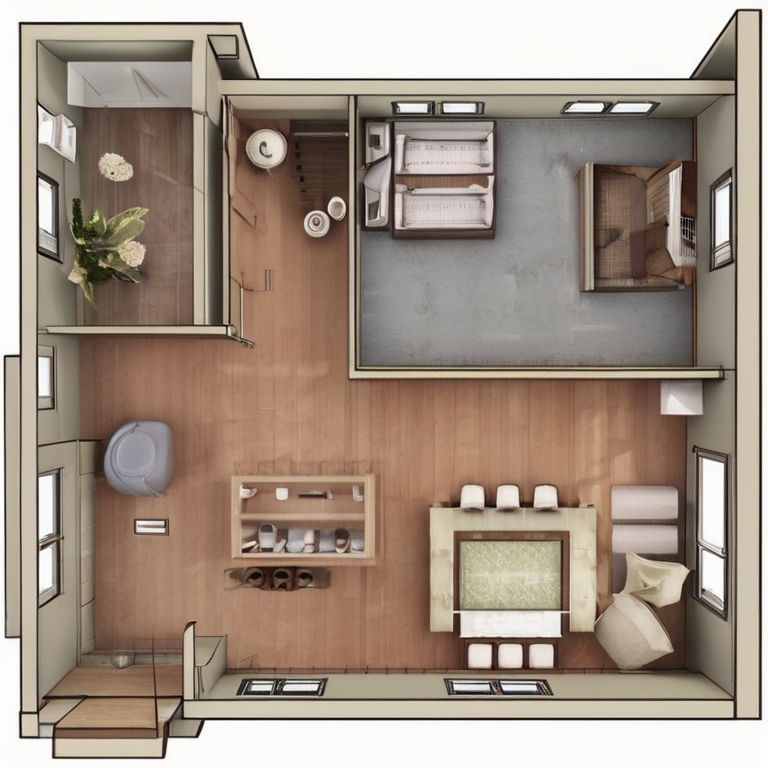
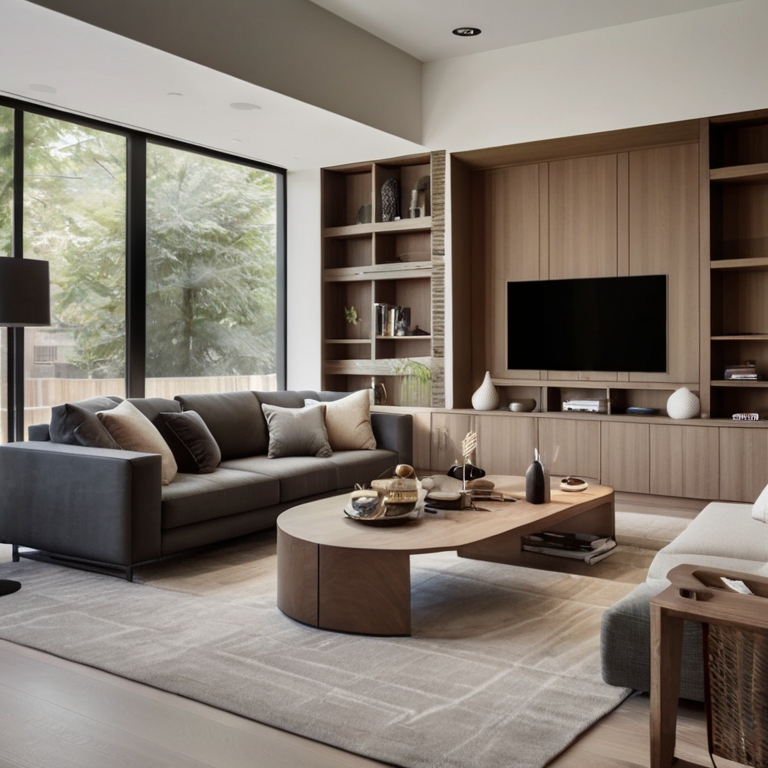
4. Choose Quality Over Quantity
Investing in high-quality furniture can save you money in the long run. Look for pieces made from durable materials that can withstand daily use. Quality furniture not only lasts longer but also often comes with better design and comfort.
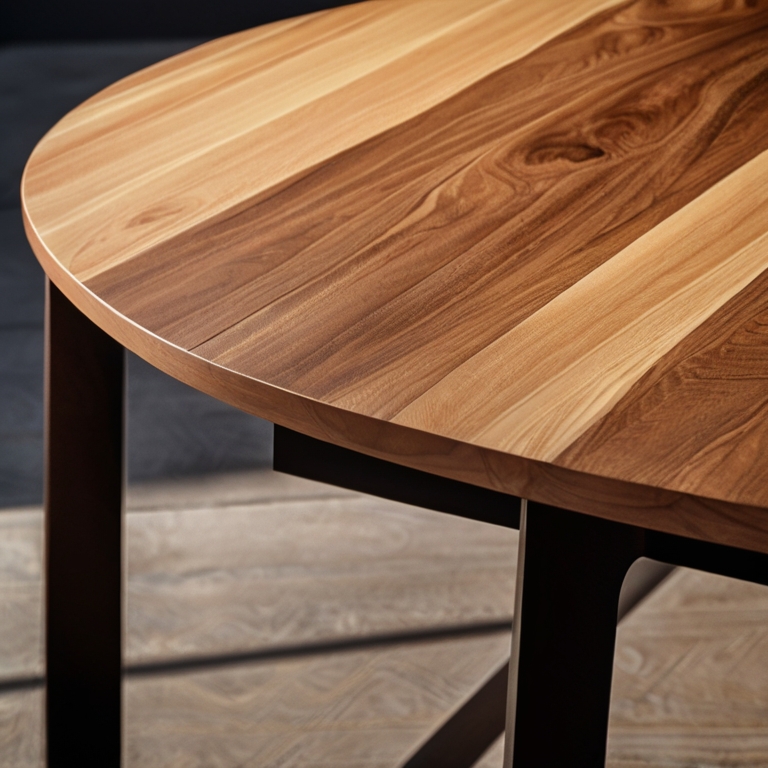
5. Mix and Match
Don’t be afraid to mix different styles and materials. A modern sofa can look fantastic with a vintage coffee table. Mixing and matching adds character and prevents your home from looking like a furniture showroom.
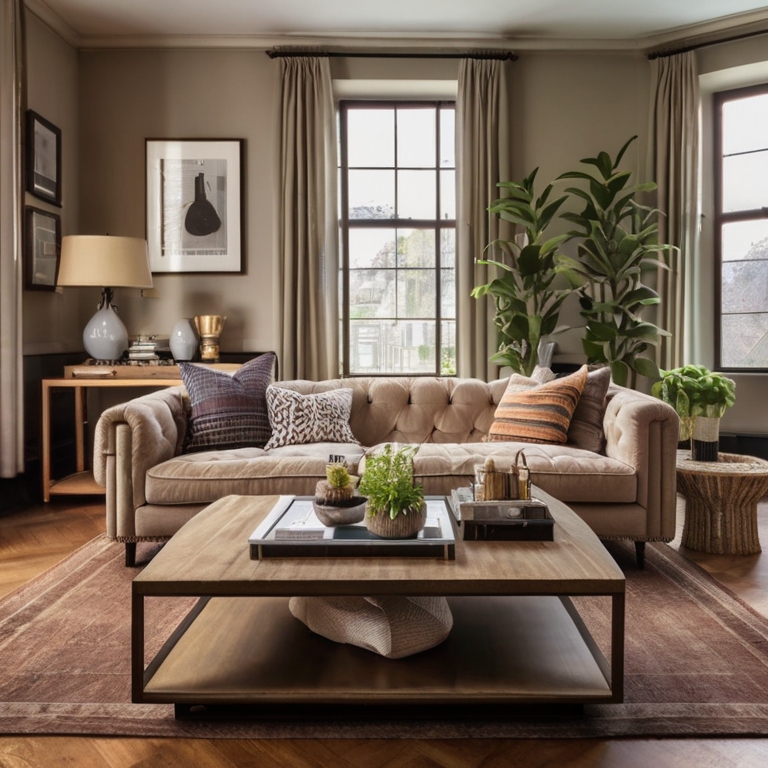
6. Consider Color and Fabric
Choose colors and fabrics that complement your home’s overall color scheme and your lifestyle. For instance, dark fabrics are practical for high-traffic areas, while light colors can make a room feel airy and spacious. Opt for stain-resistant fabrics if you have kids or pets.

7. Think About Scale and Proportion
Furniture should be in proportion to the size of the room. Large pieces can overwhelm a small space, while tiny furniture can make a large room feel sparse. Scale and proportion ensure that each piece fits harmoniously within the room.
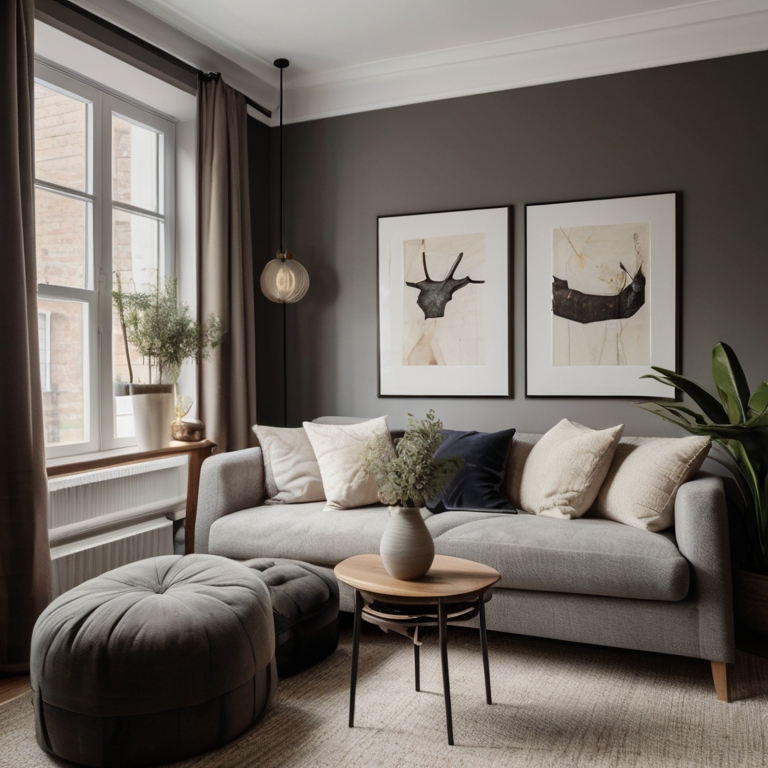
8. Test Comfort and Ergonomics
Comfort is key, especially for pieces you use frequently, like sofas, chairs, and beds. Test furniture in person whenever possible to ensure it provides the right support and comfort. Ergonomic furniture is particularly important for home offices.
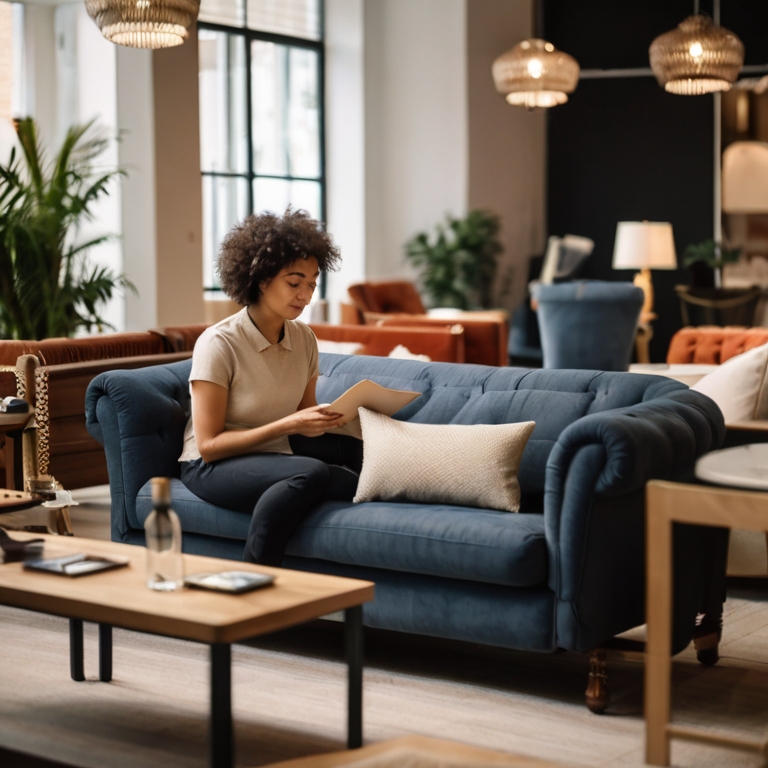
9. Pay Attention to Storage
Incorporate furniture that offers storage solutions, especially in smaller homes. Coffee tables with shelves, beds with drawers, and multi-functional furniture can help keep your space organized and clutter-free.
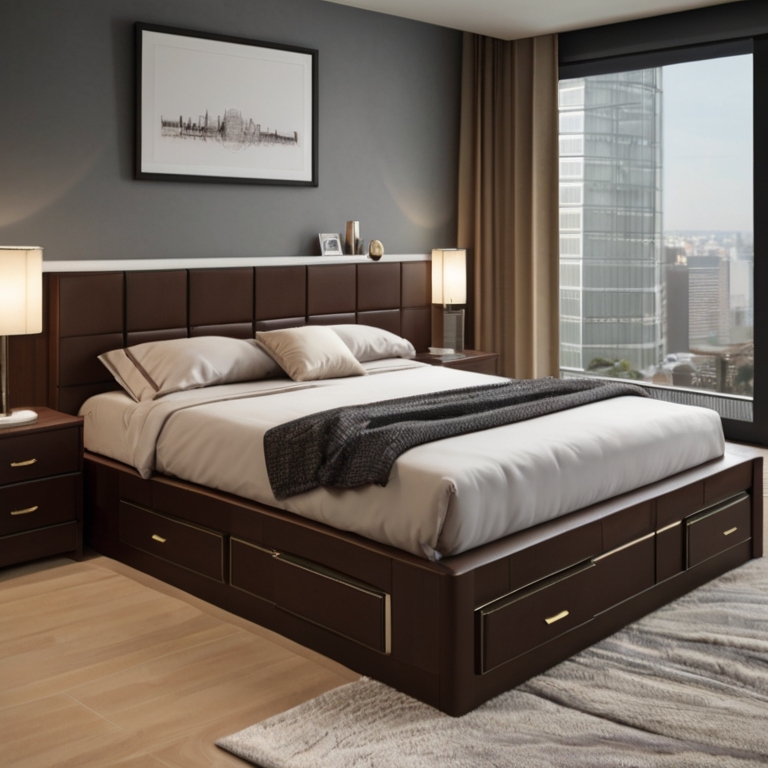
10. Budget Wisely
Set a budget before you start shopping and stick to it. Prioritize essential pieces and consider investing more in items that will be heavily used, like a sofa or bed. Look for sales and consider second-hand or vintage furniture for unique finds at a lower cost.
